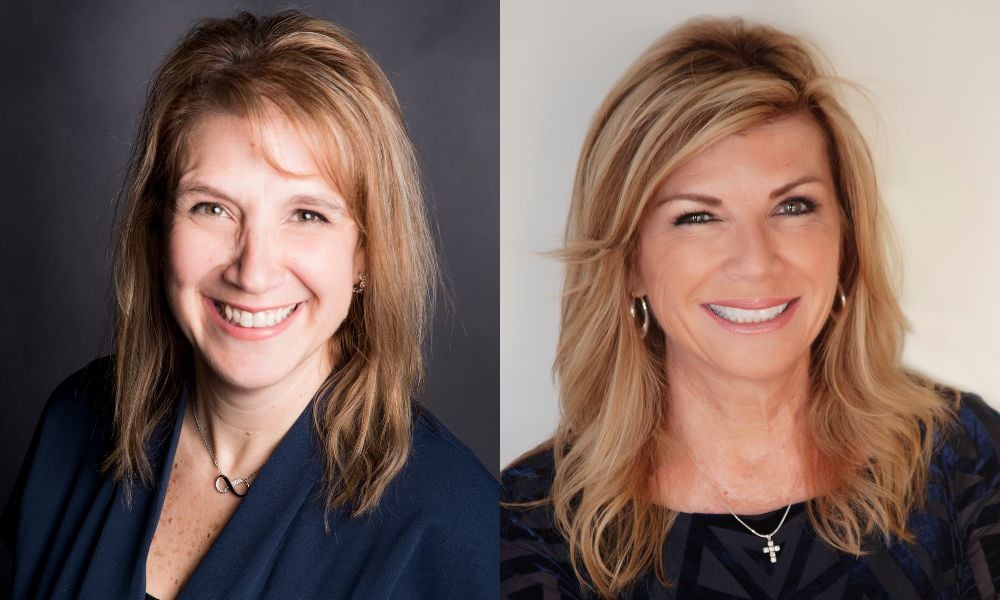'It is death by 1,000 paper cuts, and those are really harming and devaluing. And women start to give up'

“This isn't about shame; it's not about judgment — it's about trying to educate and make people aware of what's happening.”




